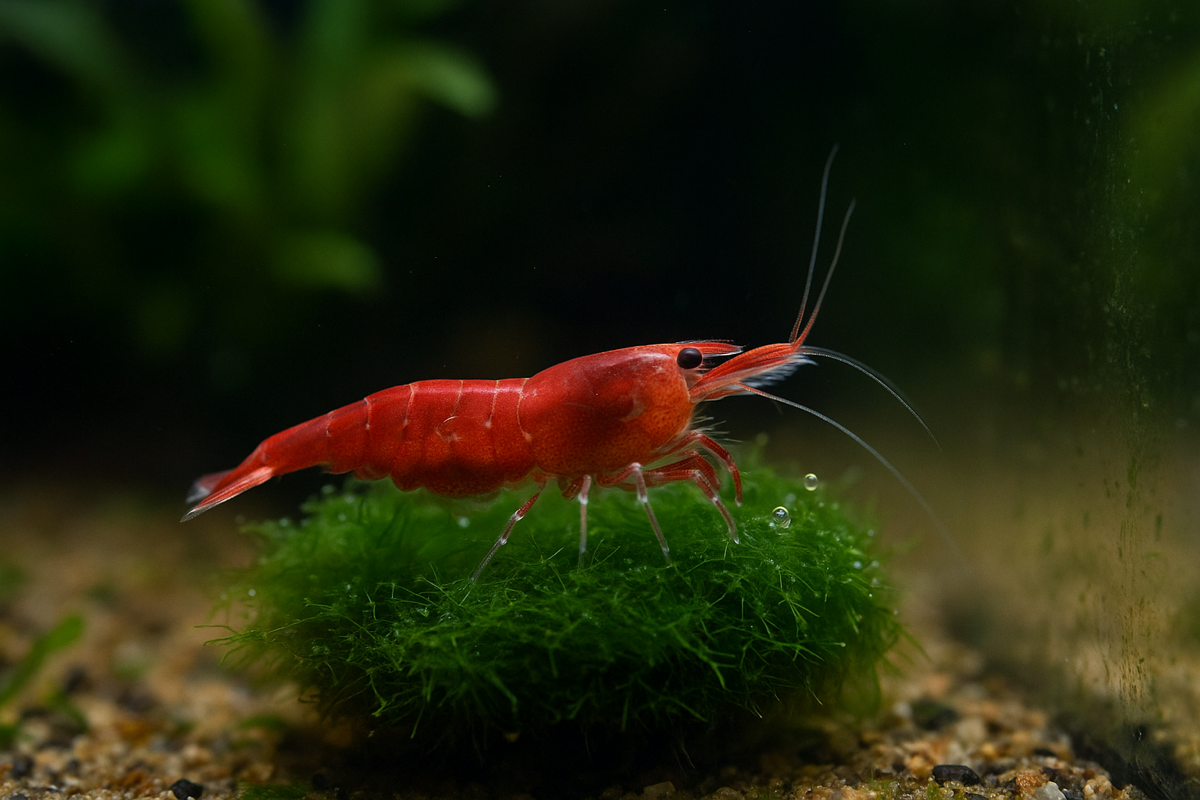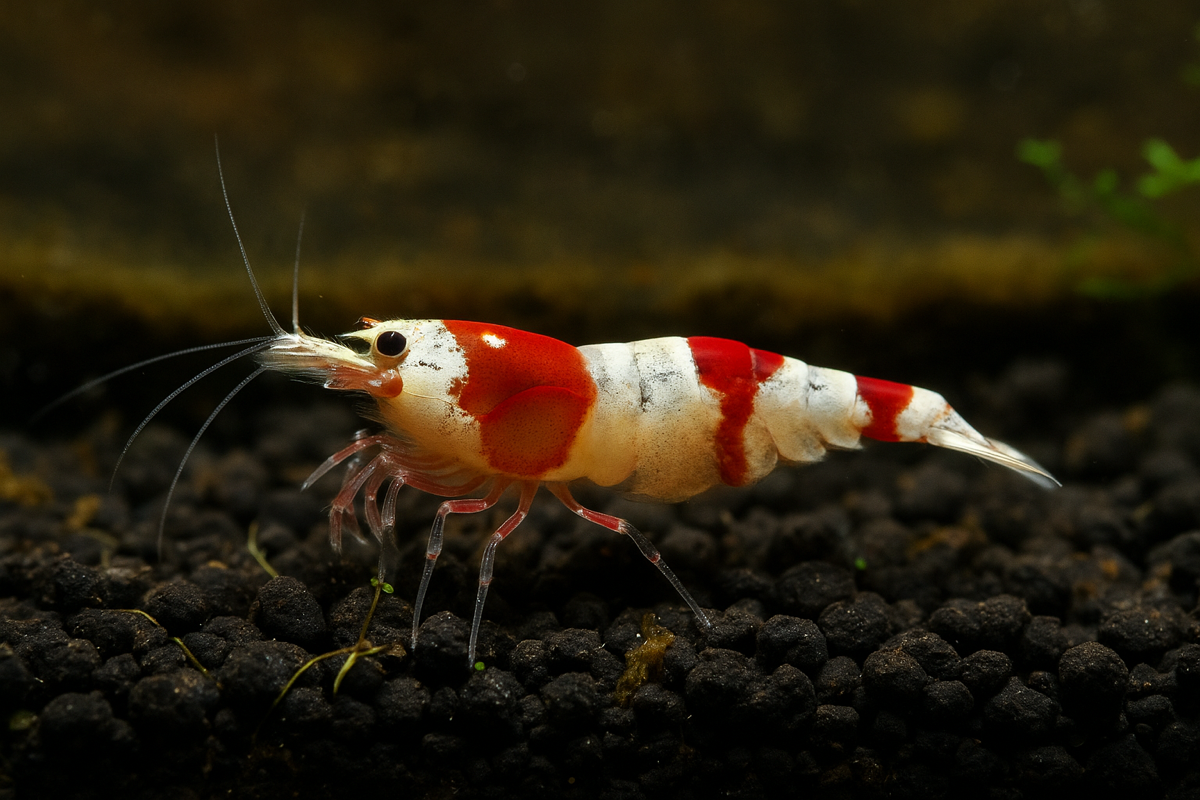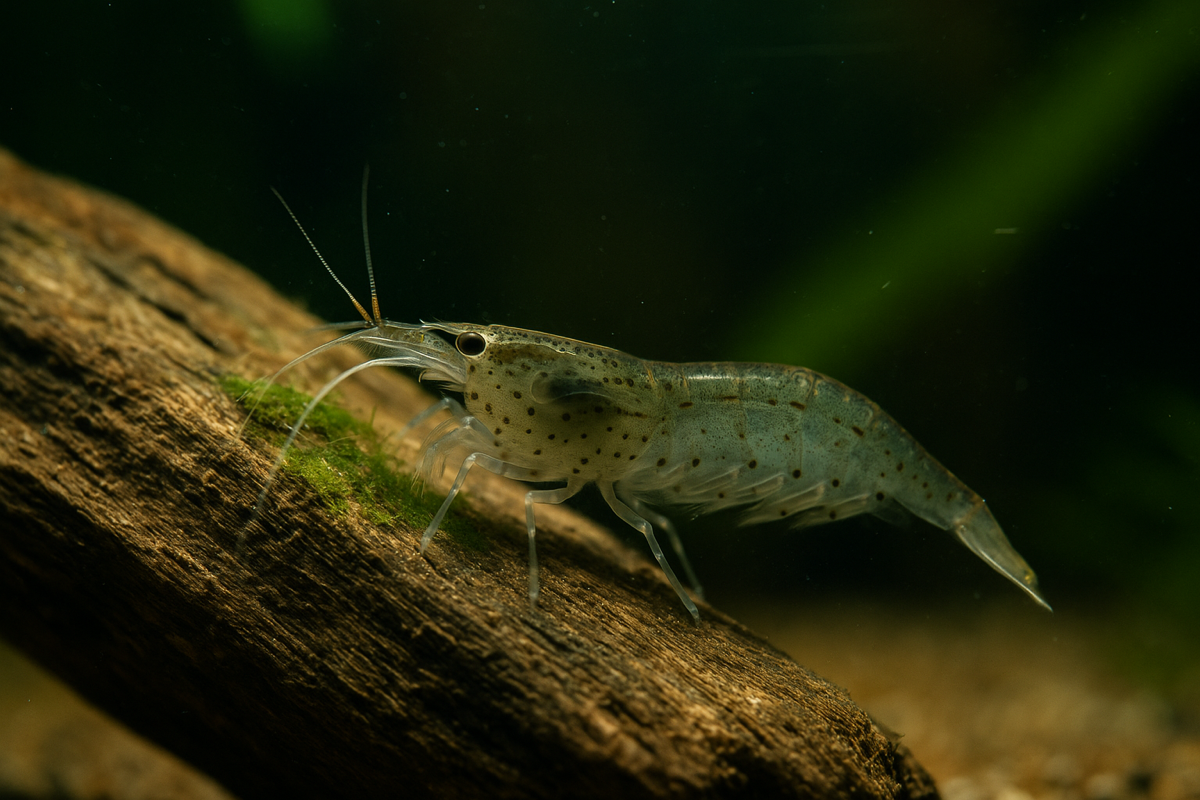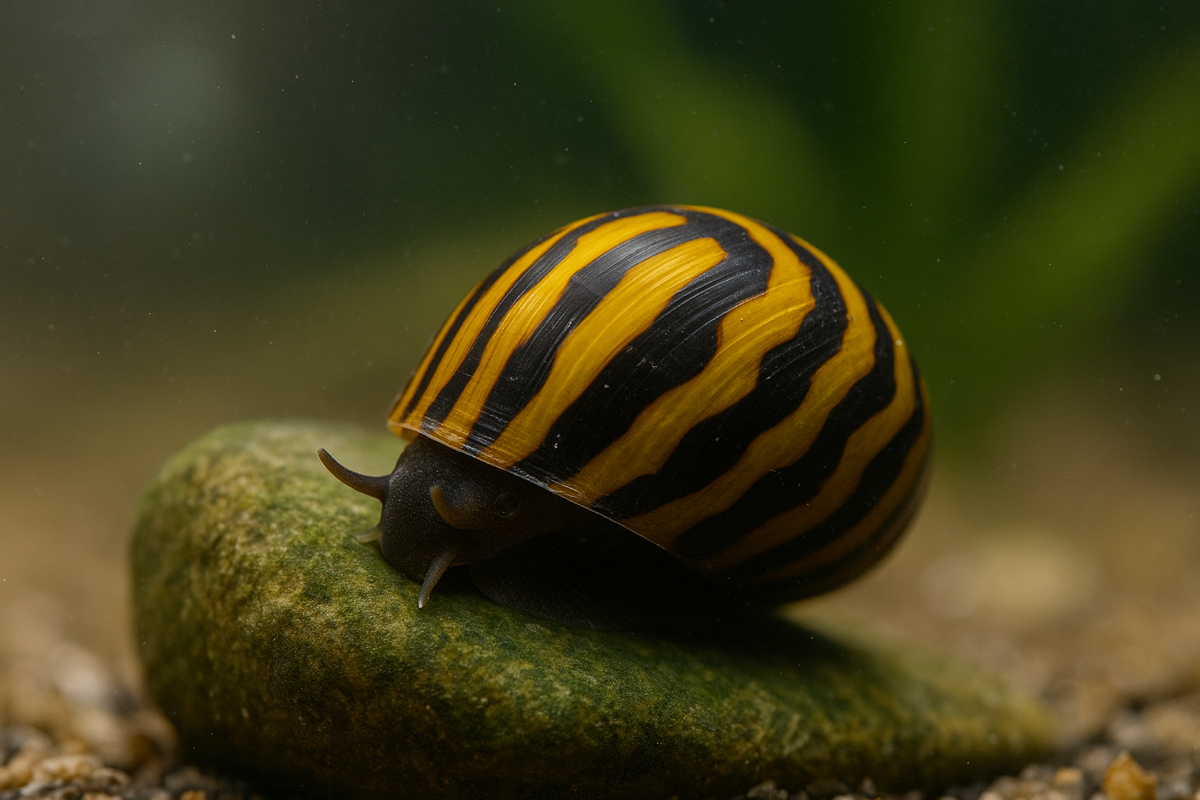Shrimp & Snails Care Guide
Your central hub for freshwater invertebrate care: Neocaridina, Caridina, Amano shrimp, and aquarium snails. Compare ideal parameters, setup, feeding, and health—then dive into species-specific guides. New to fishkeeping? Start with Water Cycling.
Choose a Care Guide
Instant comparisons, species specifics, and pro tips.
 Beginner Friendly
Beginner Friendly
Neocaridina
Cherry Shrimp & Colour Variants
Hardy and colourful. Great for community tanks and breeding projects.
 Advanced
Advanced
Caridina
Bee / Taiwan Bee / Crystal
Best with active substrate & remineralised RO. Sensitive to swings.
 Algae Control
Algae Control
Amano Shrimp
The Clean-up Crew
Relentless grazers. Brackish larval stage makes breeding advanced.
 Cleanup Crew
Cleanup Crew
Aquarium Snails
Nerite, Ramshorn & More
Great clean-up crew. Provide calcium and stable alkalinity.
At-a-Glance Parameters (Targets)
| Species | Temp | pH | GH | KH | Notes |
|---|---|---|---|---|---|
| Neocaridina | 18–26 °C | 6.5–8.0 | 8–18 dGH | 5–15 dKH | Adaptable and forgiving; ideal for beginners and breeding projects. |
| Caridina (Bee/Crystal) | 18–23 °C | 6.0–6.8 | 4–6 dGH | 0–2 dKH | Require soft, acidic water; best kept in dedicated tanks with RO + active substrate. |
| Amano | 20–26 °C | 6.5–8.0 | 5–15 dGH | 1–10 dKH | Excellent algae control; hardy adults but larvae only survive in brackish water. |
| Snails (general) | 20–28 °C | 7.0–8.5 | 8–18 dGH | 6–12 dKH | Need calcium-rich water for shell health; sensitive to copper-based treatments. |
Targets give healthy ranges; prioritise stability over chasing exact numbers.
Water Cycling (Summary)
Cycling grows beneficial bacteria that convert toxic ammonia → nitrite → nitrate. Use a safe ammonia source (pure ammonia or fish food), test regularly, keep good flow/oxygen, and only add livestock when ammonia reads 0 and nitrite reads 0 for several days. Cycling usually takes 4–6 weeks.
- Add bacteria: use old filter media or a bottled starter if possible.
- Be patient: expect weeks, not days, before adding shrimp.
- Test often: check ammonia, nitrite, nitrate with liquid kits.
- Caridina setups: cycle with RO + remineraliser and active substrate from day one.
Ammonia (NH₃)
Waste & leftover food create ammonia. It’s harmful — aim for 0 ppm.
Nitrite (NO₂⁻)
Bacteria convert ammonia into nitrite. Still harmful — keep at 0 ppm.
Nitrate (NO₃⁻)
More bacteria turn nitrite into nitrate. Less harmful; keep under 20–40 ppm.
Water Change
Do 10–20% weekly to export nitrates. Always dechlorinate tap water.
Quick-Start Checklist
Tank & Filtration
- Choose species-appropriate tank size.
- Cycle filter media fully before stocking.
- Use pre-filter sponge to protect shrimplets.
Water & Substrate
- Match parameters to species (see table).
- Dechlorinate; for Caridina, use RO + GH salts.
- Choose inert vs active substrate appropriately.
Feeding & Health
- Small, varied feeds; remove uneaten food.
- Provide biofilm: botanicals, mosses, leaves.
- Quarantine plants/livestock; avoid copper meds.
Care Guides FAQ
Neocaridina (e.g., Cherry) are hardy and tolerate a broader range of pH and hardness—great for beginners. Caridina (e.g., Crystal/Bee) prefer soft, acidic water with remineralised RO and are more sensitive.
Adults live in freshwater but larvae require brackish water to develop, so they rarely breed in standard aquariums.
Yes—species like Nerite and Ramshorn help with algae and leftover food. Provide calcium and avoid copper-based treatments.
Neocaridina: ~18–26 °C, pH 6.5–8.0, moderate GH/KH.
Caridina (Bee/Crystal): ~18–23 °C, pH 6.0–6.8, low KH, soft water (RO + remineraliser).
Amano: ~20–26 °C, pH 6.5–8.0, moderate hardness.
Snails: ~20–28 °C, pH 7.0–8.5, mineral-rich (calcium) water.
A mix of biofilm, algae, quality shrimp foods, and occasional blanched veg (e.g., spinach, courgette). For snails, add calcium to support shells.
Caridina thrive with RO + remineraliser and an active substrate. Neocaridina/Amano/snails often do well in stable, dechlorinated tap water matching their ranges.
Start with at least 20–30 litres. Larger volumes keep parameters more stable and are easier to maintain.
A group of 10–20 is a good start for a breeding colony and social behaviour, assuming your tank is fully cycled and stable.
They’re great clean-up crew, but they don’t replace maintenance. You’ll still need regular water changes, algae scraping, and filter care.
Avoid medications or fertilisers containing copper. Always dechlorinate tap water, and change parameters slowly to prevent shock.
Explore Our Care Guides
Quick links to detailed guides for shrimp, snails, and cycling.
